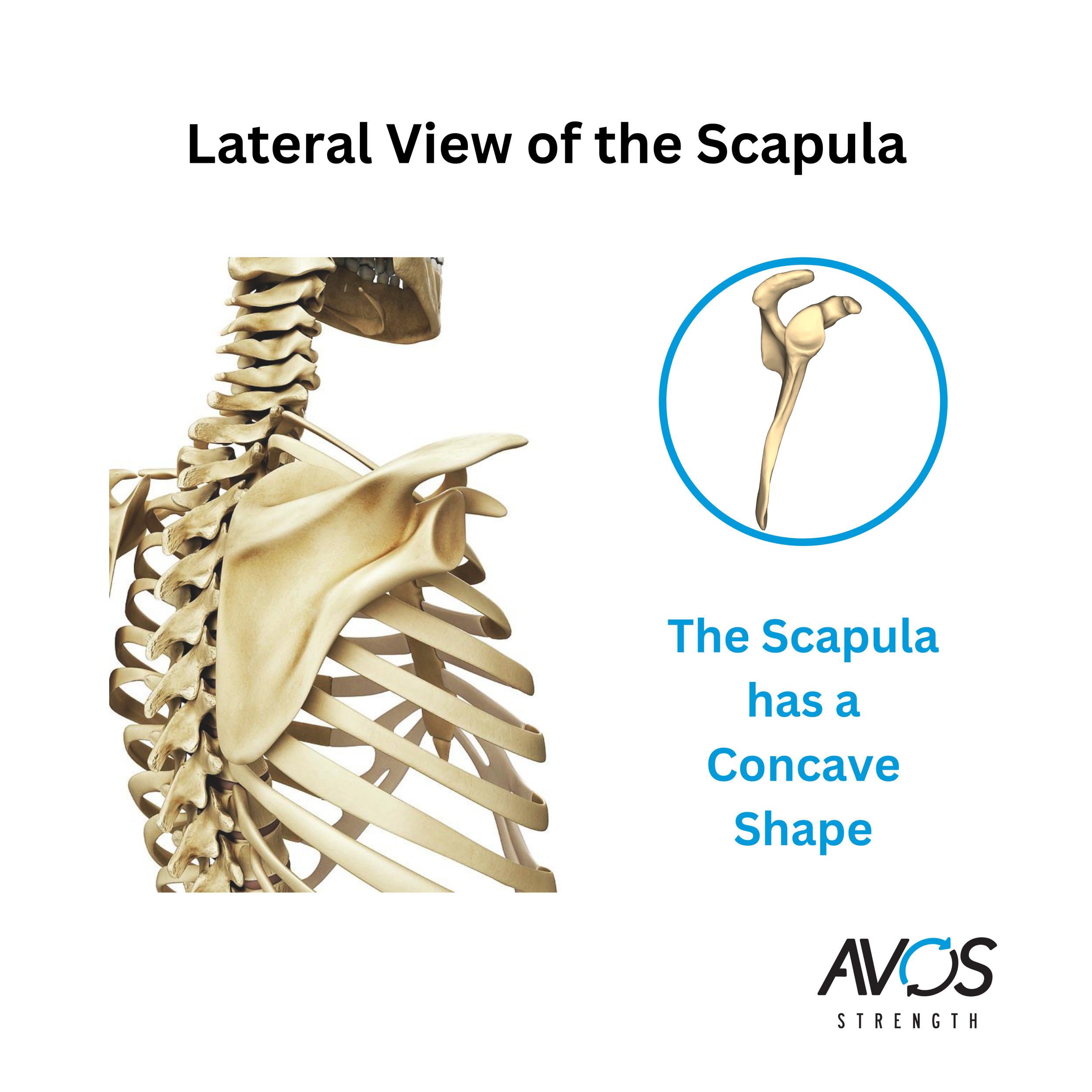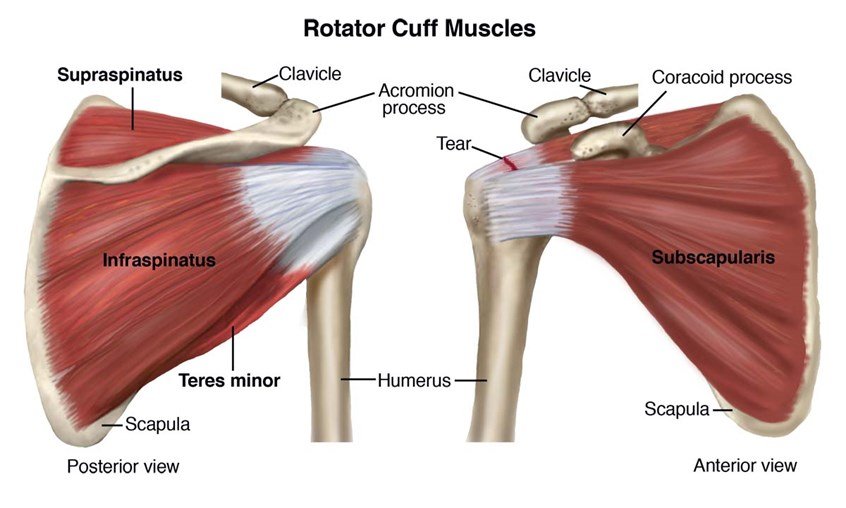Progressive overload is a fundamental principle in strength training and fitness that involves gradually increasing the demands placed on your muscles to stimulate growth and adaptation. Without this essential concept, many individuals find themselves stuck in a plateau, performing the same exercises with the same volume and load, and wondering why they’re not seeing results. In this blog post, we'll delve into the importance of progressive overload, the ideal length of a training block, the concept of rate of perceived exertion (RPE), and why you need to push yourself to make progress.
What is Progressive Overload?
https://www.inspireusafoundation.org/wp-content/uploads/2022/10/progressive-overload-1024x576.jpg
Progressive overload refers to the gradual increase of stress placed upon the body during exercise training. This can be achieved by:
- Increasing the weight lifted
- Increasing the number of repetitions or sets
- Reducing rest periods between sets
- Enhancing the complexity or difficulty of exercises
By continually challenging your muscles and body systems, you encourage them to adapt and grow stronger.
Why Repeating the Same Exercises Isn’t Effective
Performing the same exercises with the same volume and load over extended periods does not provide the necessary stimulus for muscle growth and strength gains. Here’s why:
- Lack of Stimulus: Muscles adapt to the workload you give them. Without increasing the challenge, muscles have no reason to grow or get stronger.
- Plateau: Repeating the same routine leads to a plateau where progress stalls because the body is no longer challenged.
- Boredom and Motivation: Sticking to the same routine can lead to boredom, decreasing motivation and adherence to your training program.
Ideal Length of a Training Block
A training block typically lasts between 4 to 8 weeks. This timeframe allows sufficient time for adaptation to occur without causing overtraining or staleness. After a training block, a deloading phase or a change in the training program can help reset the body and mind, preparing you for the next cycle of progressive overload.
Understanding Rate of Perceived Exertion (RPE)
RPE is a scale that measures the intensity of your exercise based on how hard you feel you are working. The scale typically ranges from 1 to 10, with 1 being very light activity and 10 being maximum effort. Here’s how to use it effectively:
- 6-7 RPE: Moderate effort, sustainable for longer periods.
- 8-9 RPE: Hard effort, challenging but doable for shorter periods.
- 10 RPE: Maximum effort, only sustainable for brief bursts.
For optimal progress, you should generally aim to train in the 7-9 RPE range. This ensures that you are pushing your limits enough to stimulate growth and adaptation without overreaching and risking injury.
A Common Question: "Can't I Just Do More Reps?"
A common question we get from clients is, "Well, can't I just do more reps?" The issue is that often these clients are using very light weights (5-20 lbs) and doing 20+ reps. Sure, you can do that IF you are working within the correct RPE – it needs to be challenging enough. The other point is that you are likely just wasting time and going through the motions, which is why we recommend using higher loads.
Strength Endurance vs. Max Strength
Understanding the difference between strength endurance and max strength is crucial for setting the right goals and expectations:
- Strength Endurance: This refers to the ability to perform many repetitions of an exercise without fatiguing. Training for endurance typically involves higher reps (15-20+ reps) with lighter weights. This is beneficial for activities that require prolonged muscle activity but is less effective for building significant muscle mass or max strength.
- Max Strength: This is the maximum amount of force that a muscle can generate in a single effort. Training for max strength involves lower reps (1-5 reps) with very heavy weights. This type of training is highly effective for increasing muscle strength and size.
Ideal Rep Range and Intensity for Building Muscle Mass
For building muscle mass (hypertrophy) and increasing strength, the ideal rep range is typically 6-12 reps per set with a weight that is challenging enough to bring you close to failure by the end of each set (RPE 7-9). This rep range strikes a balance between lifting heavy enough weights to stimulate muscle growth and performing enough repetitions to maximize muscle fiber engagement.
Benefits of Progressive Overload
1. Increased Muscle Strength: By progressively increasing the weight or resistance, muscles grow stronger to handle the new demands.
2. Enhanced Muscle Hypertrophy: Progressive overload stimulates muscle growth by causing microtears in muscle fibers, which then repair and grow back stronger and larger.
3. Improved Endurance: Gradually increasing the volume of exercise improves cardiovascular and muscular endurance.
4. Greater Motivation and Adherence: Seeing progress and overcoming new challenges can boost motivation and commitment to your fitness journey.
5. Reduced Risk of Injury: Properly implemented progressive overload helps build resilient muscles and joints, reducing the likelihood of injury.
Conclusion
Sticking to the same exercises with the same load and volume will not bring the results you’re aiming for. Progressive overload is crucial for continued growth, strength, and overall fitness improvement. By understanding and implementing progressive overload, setting appropriate training blocks, and monitoring your RPE, you can break through plateaus and achieve your fitness goals. Challenge yourself, embrace the process, and watch your body transform.
Remember, the key to making progress is consistent, incremental challenges that push your limits and encourage your body to adapt. If you’re unsure how to incorporate progressive overload into your routine, consider consulting a qualified coach who can create a customized program tailored to your needs and goals.









